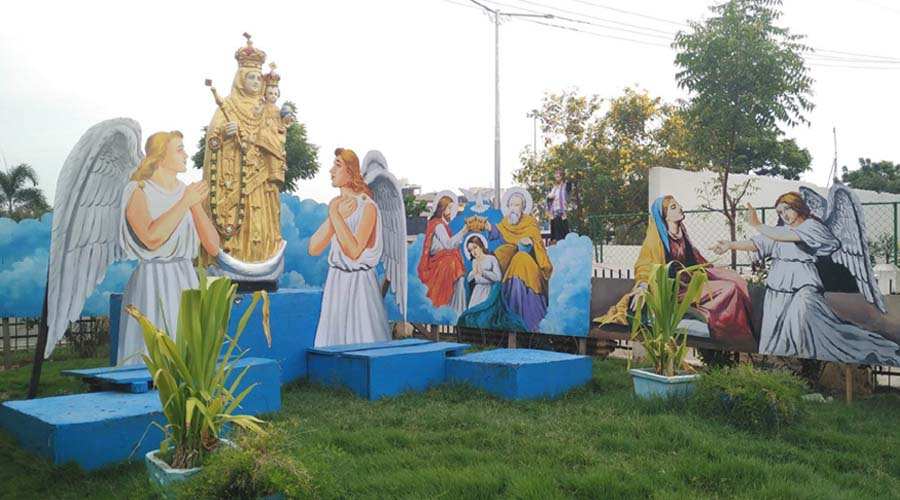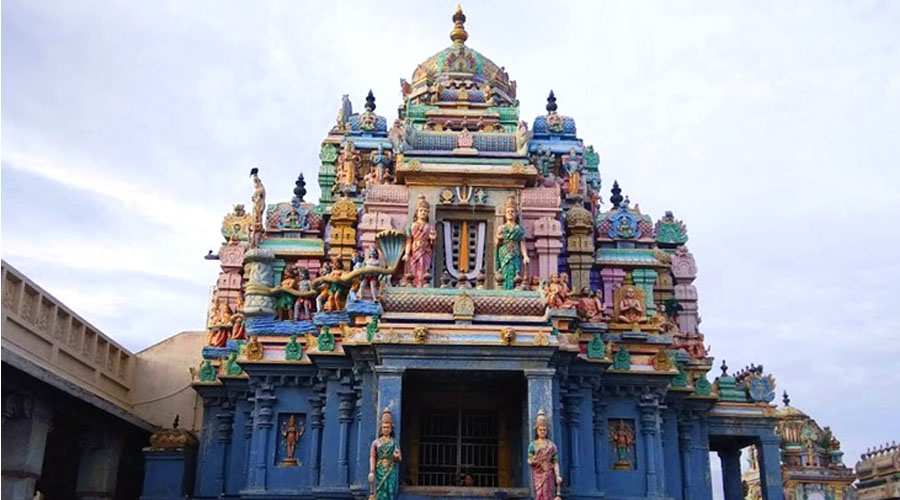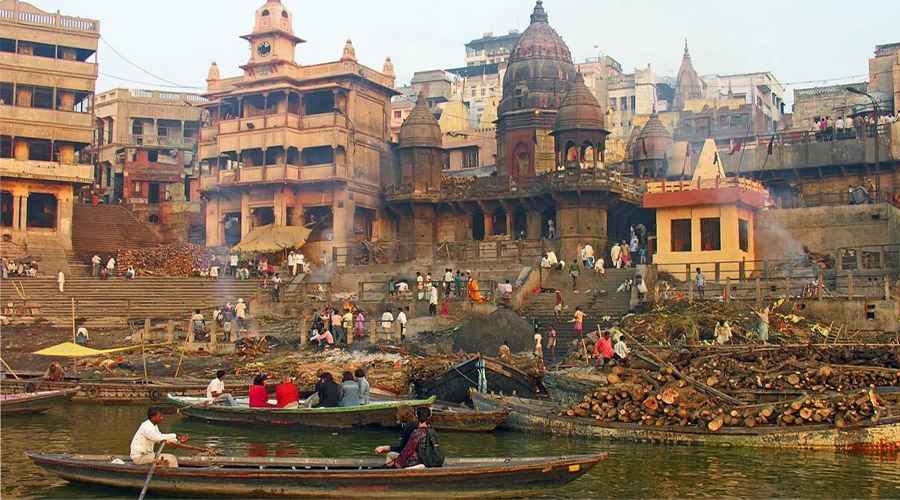Velankanni, a quaint coastal town in Tamil Nadu, India, is famous for its Basilica of Our Lady of Good Health, one of the most significant Christian pilgrimage sites in the country. Devotees from across the world travel here to seek blessings and experience the town’s unique spiritual atmosphere. Choosing the best time to visit Velankanni Church can greatly enhance the pilgrimage experience, considering both the weather conditions and the religious events throughout the year.
Ideal Visiting Season: October to March
The widely recommended time to visit Velankanni Church is between October and March. During these months, the weather is mild, cool, and comfortable, making it ideal for pilgrims and tourists alike. Temperatures typically range between 20°C to 31°C, providing a pleasant climate that is suitable for outdoor activities such as attending mass, exploring the church premises, and visiting nearby attractions like the Velankanni beach.
This period also coincides with the peak pilgrimage season. The town witnesses a vibrant influx of devotees during various religious festivals, especially in December, January, and February. These months offer the perfect combination of favorable weather and lively spiritual events, allowing visitors to participate in ceremonies, processions, and communal prayers that define the town’s rich cultural heritage.
Major Pilgrimage Festivals and Peak Crowds
One of the most notable events during this season is the Feast of Our Lady of Good Health, celebrated annually on September 8th with the grand car festival. While this festival technically falls just before the recommended visiting months, the entire September period remains a high-traffic time due to the massive gathering of pilgrims. Visiting during the festival provides a unique and energetic atmosphere, showcasing the fervent devotion of millions.
However, the festival time also means large crowds and busy accommodations, which may not appeal to every visitor. Those seeking a quieter, more introspective pilgrimage might consider traveling slightly before or after the peak festival season, particularly in early December or late January, when the weather stays pleasant but the crowds thin out substantially.
Weather Challenges: Summer and Monsoon
From April to June, Velankanni experiences summer with temperatures soaring up to 40°C. The intense heat and high humidity during these months make outdoor activities exhausting and uncomfortable, especially for pilgrims who spend significant time outdoors. Additionally, tourist and pilgrim numbers tend to decrease during summer, and the town can feel less lively. Travelers who prefer fewer crowds may still consider this period but should prepare for the heat accordingly.
The monsoon season, spanning July to September, brings moderate to heavy rainfall, which results in lush green landscapes around Velankanni. While the rains add a fresh charm to the region’s natural beauty, travel disruptions, slippery roads, and frequent showers can pose challenges. The monsoon also sees fewer tourists, offering a peaceful environment for devotees who want solitude but may not suit those looking for a vibrant pilgrimage experience.
Tourist and Pilgrim Infrastructure
During the ideal visiting months, local facilities such as accommodations, eateries, and transport services operate extensively to cater to the steady influx of pilgrims and tourists. Pilgrims can find a range of options from budget lodgings to comfortable hotels near the Basilica. Many pilgrimage tour operators also offer packages tailored for the October to March season, incorporating travel, accommodation, and guided visits.
Planning Your Visit to Velankanni Church
- For spiritual seekers wishing to join the grand festivities, booking well in advance for the September car festival and the months immediately after is advisable due to heavy demand.
- Early mornings and late afternoons during the peak months often provide serene moments for meditation and prayer, away from the daytime crowd.
- Visitors coming exclusively for sightseeing and leisure might prefer the quieter periods from October to November or February to March.
- It is recommended to carry light woolens for the evenings in winter months, as temperatures can dip slightly after sunset.
- Travelers during summer should prioritize hydration, wear light cotton clothes, and plan indoor activities during peak afternoon heat.
Conclusion
The best time to visit Velankanni Church is undeniably during the cooler months from October to March, combining the advantages of pleasant weather and vibrant religious celebrations. Whether one seeks the energetic atmosphere of the pilgrimage festivals or a tranquil spiritual retreat, Velankanni offers a compelling experience year-round. Avoiding the intense summers and heavy monsoon rains ensures comfort and convenience, allowing pilgrims to fully immerse in the sanctity and allure of this sacred destination.


